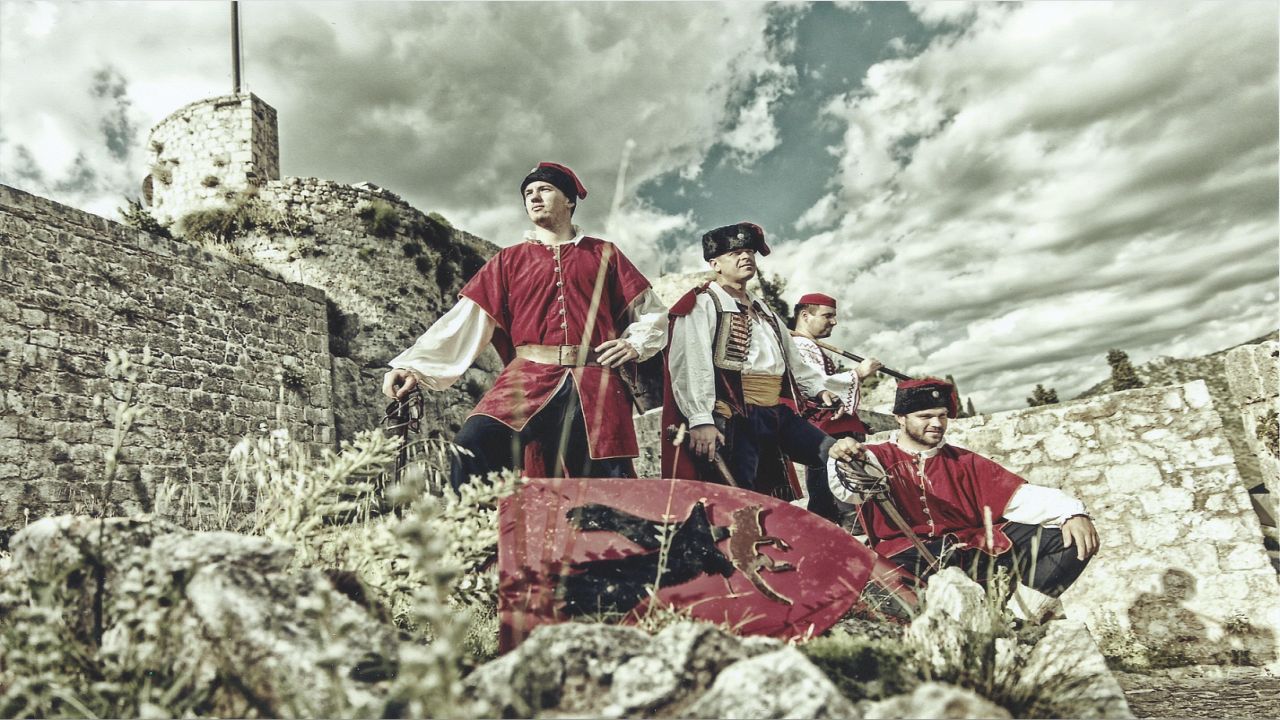According to Vladimir Mažuranić, the word uskok means a refugee, a Christian who flew before the Turks from the conquered Croatian and Bosnian territory. After the fall of the medieval Bosnian kingdom in 1463, Uskoks found their refuge in Croatian lands that found themselves on Europe’s first line of defense from the Ottoman Empire. Great influence on the military tactics and strategy was captain and count Petar Kružić, who considered the fortresses and guardians at the border as defenders of Christianity and all the subjects of the sultan “Turks” and enemies. Soon, a new mode of war on the border was imposed, partly inspired by Ottoman pillage campaigns – small units broke into an opposing territory where they took off cattle and goods avoiding major armed conflicts.
Uskok way of fighting caught on in Senj and Klis. Through the long years of warfare, a special Uskok code of honor was developed in which the main items are imperative to defend Christian countries, care for wounded and dead colleagues and their families, and a ban on trade with the subjects of Ottoman Porte. With the death of Petar Kružić and the fall of Klis in 1537 the activity of the Uskoks moved exclusively to the Senj area. In the following hundred years they were an important factor in relations between the Ottoman Empire, the Venetian Republic and the Habsburg Monarchy. With their deeds and courageous struggle against the Ottomans, Uskoks entered the legends as the theme of many folk songs and other literary works such as the.Čuvaj se senjske ruke by August Šenoa.
Although the combat activity of the Uskoks has long been finished, they still exist and work. After the Homeland War, members of the 4th Guard Brigade of the Croatian Army “Pauci” founded the historical unit “Kliški uskoci”. Today’s mission is to revitalize the historical and cultural heritage of Klis in order to create the preconditions for the tourist and economic progress of Klis. In pursuit of these ideas, other enthusiasts in Klis and its historical heritage joined them.
For more information about the Historical Unit “Kliški uskoci” visit their web site.

